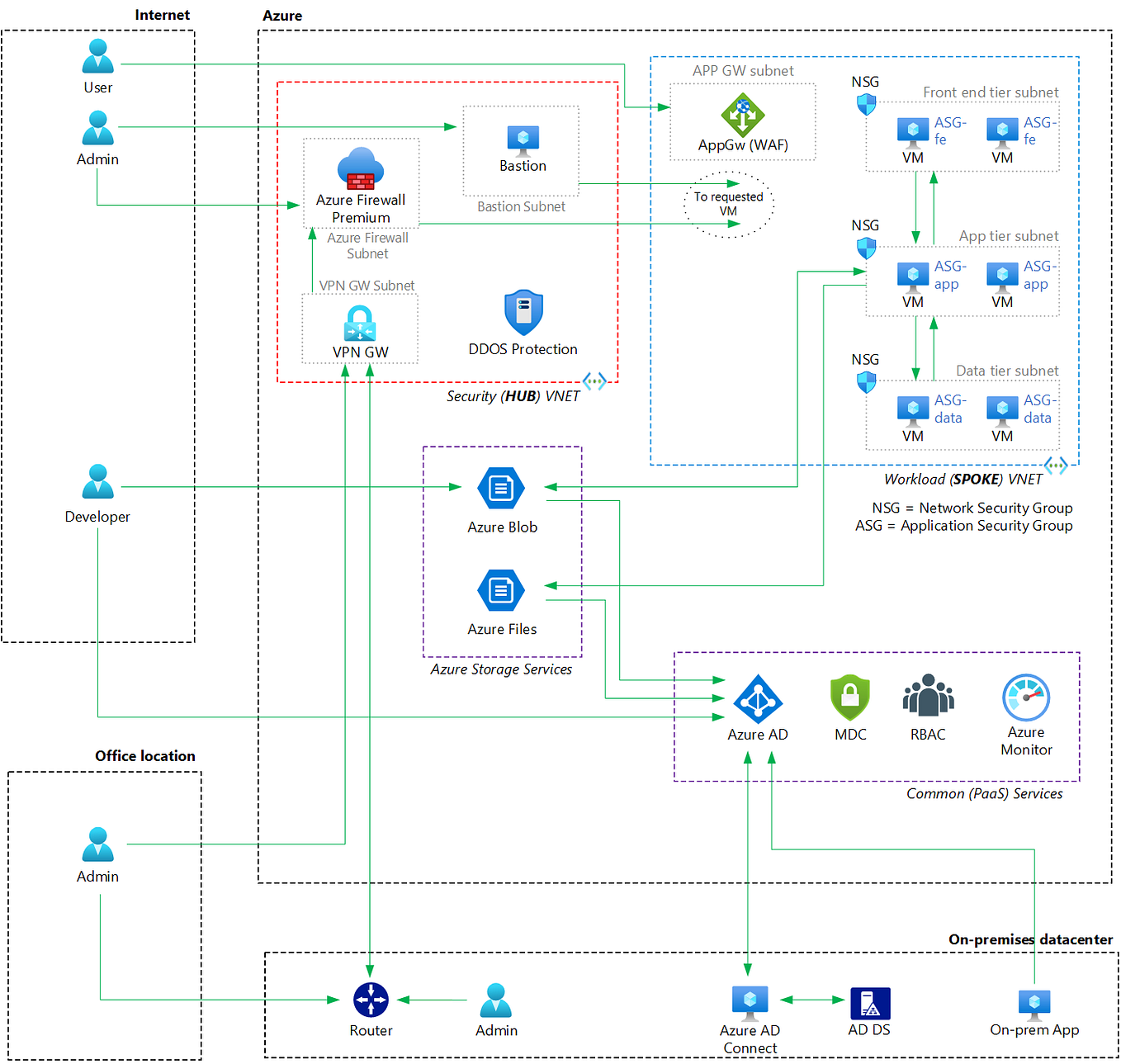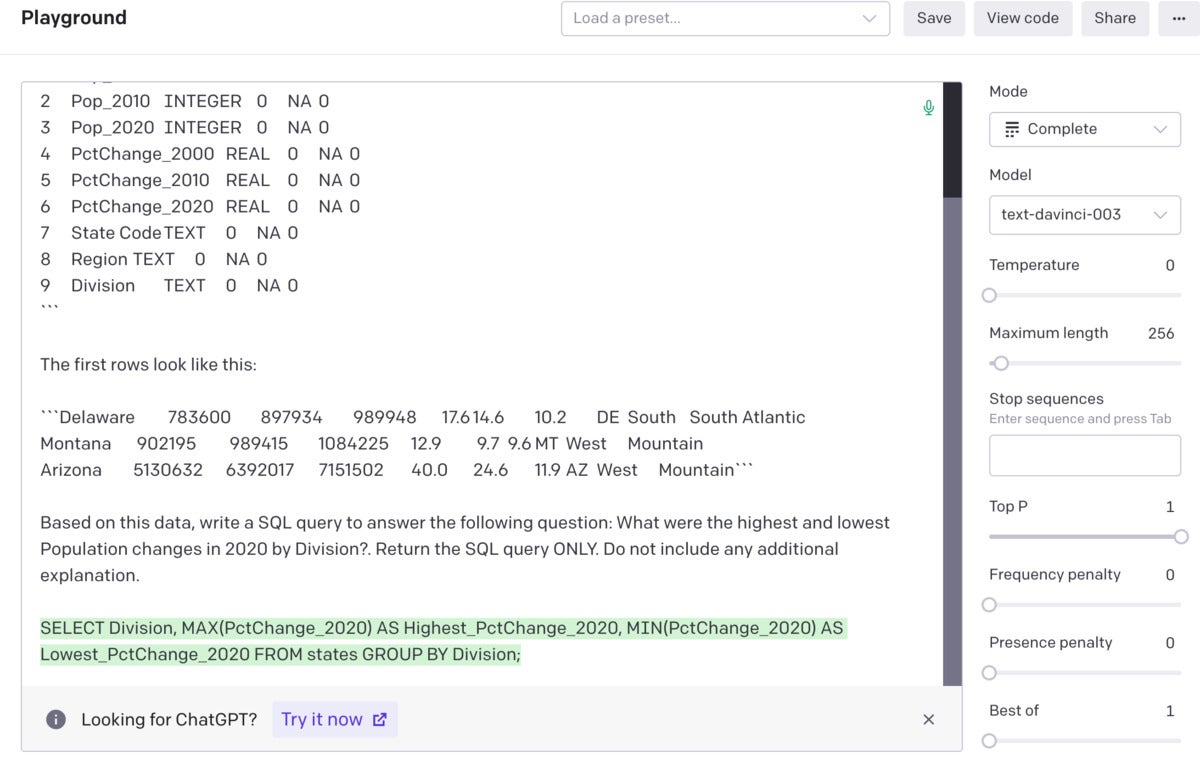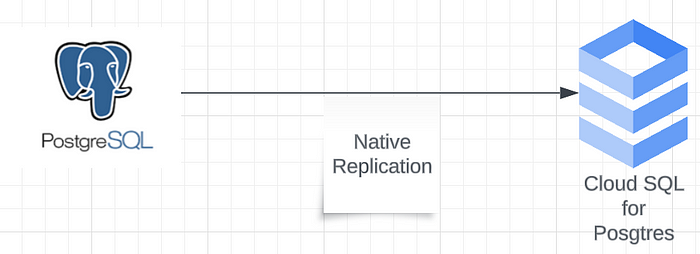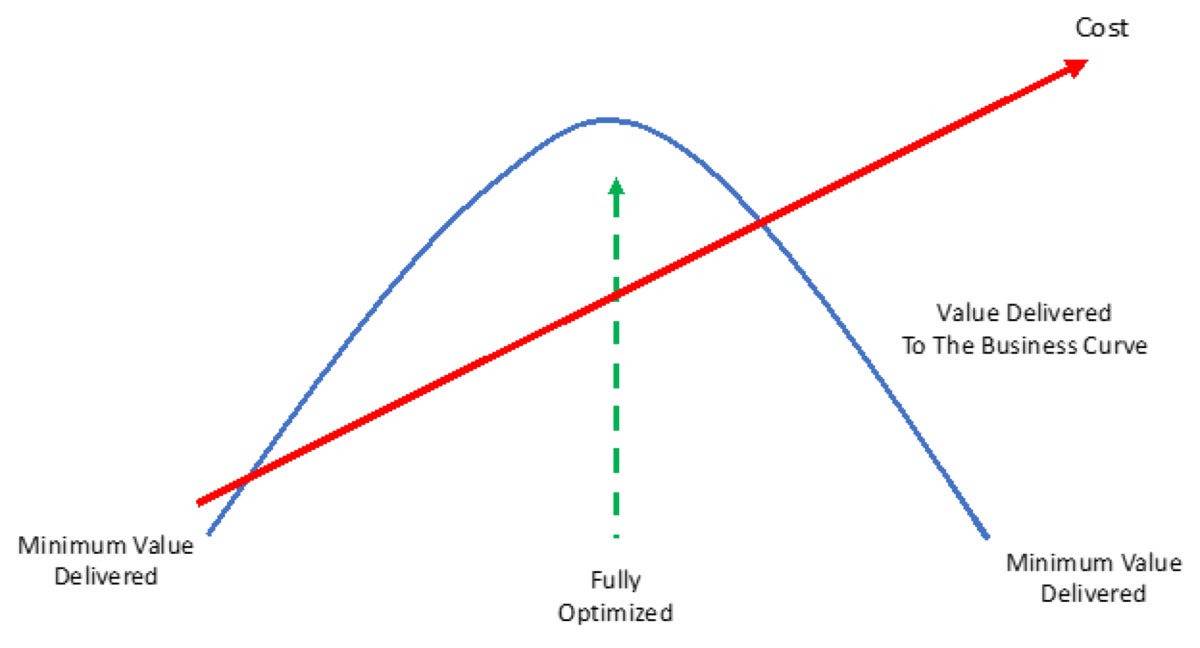💡
Attention readers! We want to let you know that the summaries in this newsletter are generated using cutting-edge generative AI technology. However, we understand the importance of accuracy and quality content, so our team of expert editors manually reviews each summary before it's published. If you feel the quality of a particular summary does not meet your expectations, please leave a comment in the Member Discussion section below. We will rectify it as soon as humanly possible!
Azure AI Document Intelligence new capabilities including classification are now generally available - Microsoft Community Hub
Azure AI Document Intelligence, previously known as Form Recognizer, has released a new set of capabilities in its v3.1 release. The update includes features like document classification and splitting, new prebuilt models for contract processing and tax form processing, support for detecting and identifying fonts, high-resolution image support, barcode extraction, and expanded language coverage. The release also introduces the Human In The Loop feature, which allows users to rapidly improve custom model accuracy. With these updates, Document Intelligence aims to simplify document processing workflows and automate challenging tasks.
#AzureAIDocumentIntelligence #DocumentProcessing #AutomateTasks #softcorpremium
Wired for Hybrid - What's New in Azure Networking - July 2023 Edition
Azure Networking has released updates for June 2023, including a cross-region Load Balancer that offers ultra-low latency and high performance. The default TLS policy for Azure Application Gateway has been updated to improve security, and Azure Traffic Manager now allows disabling endpoint health checks. Additionally, Azure Virtual Network encryption is available for encrypting traffic within and between virtual networks. These updates aim to enhance infrastructure and security in Azure Networking.
#AzureNetworkingUpdates #InfrastructureEnhancements #SecurityEnhancements #softcorpremium
Store Terraform state in Azure Blob Storage
In this blog post, the author discusses the process of configuring Terraform to use an Azure storage account to store and protect the Terraform state file. Storing the state file in Azure Blob Storage provides state locking, which prevents other executions against the file. The author provides step-by-step instructions for creating the necessary Azure storage account using Azure CLI commands. They also explain how to configure an authentication method for accessing the storage account. The author then guides readers through creating a Terraform template to deploy resources and demonstrates how to deploy the template using the terraform init, terraform plan, and terraform apply commands. Finally, they highlight the successful creation of a new resource within Azure and the updated Terraform state being stored in the Azure storage account.
#TerraformAzure #AzureStorage #softcorpremium
Copy Data from Azure SQL Database to OneLake using Microsoft Fabric - Microsoft Community Hub
This blog discusses the steps to move data from Azure SQL Database to Lakehouse using the Copy activity of Data Pipeline integrated within Microsoft Fabric. OneLake is a single, unified, logical data lake for the whole organization, built on top of Azure Data Lake Storage Gen2. The process involves creating a Lakehouse in OneLake, setting up the data pipeline by choosing the data source and destination, and validating and executing the pipeline. The blog provides a comprehensive guide on how to perform this data migration and suggests exploring other data sources as well.
#AzureDataLake #DataMigration #DataPipeline #softcorpremium
AWS Cloud service considerations for designing multi-tenant SaaS solutions | AWS Architecture Blog
AWS Architecture Blog has released a comprehensive guide for SaaS providers looking to transition from single-tenant to multi-tenant solutions on the AWS Cloud. The blog highlights the benefits of multi-tenancy, such as efficient resource utilization and cost reduction, and provides insights on how to optimize SaaS designs for performance and resiliency. The guide explains how containerization and Kubernetes can be used to deploy websites across shared compute nodes, and offers recommendations for workload isolation, security, storage, and database considerations. SaaS providers are encouraged to carefully evaluate customer segmentation and security risks when implementing multi-tenancy, and to seek guidance from the AWS team for design decisions. The blog also provides additional resources and training opportunities for those interested in building multi-tenant SaaS solutions on AWS.
#AWSarchitecture #SaaSsolutions #multiTenant #softcorpremium
AWS leverages generative AI to expand new offerings - Back End News
Amazon Web Services (AWS) is embracing generative AI technology and introducing new innovations in this field. The company believes that generative AI will transform every application, industry, and business. AWS is expanding its fully managed foundation model (FM) service for Amazon Bedrock, adding new FM providers and features. They have also introduced AWS HealthScribe, a HIPAA-eligible service that empowers healthcare software providers to build clinical applications using speech recognition and generative AI. AWS has released free training and courses to help people understand and implement generative AI. Additionally, AWS is the first hyperscale cloud provider to offer NVIDIA's H100 GPUs for production use, specifically for complex generative AI applications. Overall, AWS is making significant advancements in the field of generative AI and is positioning itself as a leader in this technology.
#AWSGenerativeAI #AIInnovation #AWSAdvancements #softcorpremium
Exploring Microsoft’s Trailblazing Tech Advancements: From AI-Powered Cost Management to Advanced Threat-Hunting Techniques | by Jiadong Chen | Aug, 2023 | Medium
Microsoft continues to push the boundaries of technology with its latest advancements. From AI-powered cost management to advanced threat-hunting techniques, Microsoft's offerings are designed to enhance efficiency and security for businesses. The company's AI chat capability in Cost Management, called provides visibility into operational costs and offers insights for budget setting and optimization opportunities. Azure offers comprehensive backup and disaster recovery solutions, while Azure AI Document Intelligence now includes document classification and splitting capabilities. Azure AD PIM allows for efficient management and auditing of access to Azure resources. Additionally, Microsoft 365 Defender and Azure Data Explorer offer key points for threat hunting, including tracking initial access and capturing suspicious activities. These advancements demonstrate Microsoft's commitment to empowering businesses with cutting-edge technologies.
#MicrosoftAdvancements #CuttingEdgeTech #BusinessEmpowerment #softcorpremium
How to use GPT as a natural language to SQL query engine | InfoWorld
The article discusses how the technology behind ChatGPT has made it easy to query a dataset in plain English. Although the results from generative AI are still imperfect, users can write code to ask GPT to calculate a response and then run the code themselves to verify the approach. This allows users to confidently ask natural language questions and receive accurate responses. The article provides a step-by-step guide on how to set up a natural language query using GPT and SQL code. It also mentions the advantages of this method, such as not needing to send sensitive data to OpenAI and not being limited by prompt size. Additionally, it suggests exploring other tools like LangChain for working with multiple language models and AI code generation.
#AIQuerying #NaturalLanguageDataAnalysis #InteractiveDataQueries #softcorpremium
CloudTweaks | No backing away from the Cloud
A recent survey by O'Reilly Media has dispelled the notion of \"cloud repatriation,\" with the majority of respondents stating that their companies plan to spend more on the cloud this year compared to last. Only 10% reported spending less. Additionally, only 6% said that none of their services had moved to the cloud, indicating that most companies are still in the early stages of their cloud journey. The survey also highlighted the various reasons why companies are sticking with the cloud, including improved performance, scalability, security, and business continuity. However, poor cost management remains a concern, with 20% of respondents admitting to not doing anything to manage cloud costs. Strategies to control expenses include dynamic instance management and cost optimization tools. Overall, it appears that companies are not moving away from the cloud and are likely to continue their cloud adoption journey.
#CloudJourney #CloudAdoption #softcorpremium
Homogeneous Migration of Large PostgreSQL Databases to Cloud SQL using Native Replication | by Trushar Borse | Google Cloud - Community | Aug, 2023 | Medium
Google Cloud has introduced a new tool called Homogeneous Migration for migrating large PostgreSQL databases to Cloud SQL. The tool addresses challenges with unsupported extensions or a large number of tables without a primary key. It allows for low downtime migration using logical replication or GCP partner solutions. The migration process requires following pre-requisites such as creating a CloudSQL destination instance with the same configuration as the source, enabling point in time recovery, enabling high availability, adding relevant database parameters, creating read replicas if necessary, and disabling backups during hydration. Additionally, a tech news report provides detailed steps for enabling a maintenance window, exporting and importing user roles without passwords, and using native logical replication for consistent backups. It also recommends specific parameter settings for Postgres instances. Furthermore, the report highlights the differences between pglogical and native replication and the limitations of pglogical.
#GoogleCloudMigration #PostgreSQLMigration #LogicalReplication #softcorpremium
Azure DNS Private Resolver topologies - Microsoft Community Hub
Microsoft has launched Azure DNS Private Resolver (ADPR), a fully managed service that eliminates the need for companies to host their own custom DNS servers in Azure. ADPR allows for hybrid DNS resolution and reduces operational work, while also improving security by eliminating common attack vectors. It simplifies the management of DNS infrastructure and offers inbound and outbound endpoints for forwarding traffic between on-premises or other cloud environments to Azure. However, there are limitations in designing DNS infrastructure for both on-premises and cloud environments, especially when it comes to distinguishing between different environments and using private link-enabled PaaS resources. Microsoft suggests different options for setting up DNS in a hybrid cloud environment, including replicating each environment with its own dedicated components or maximizing segregation in Azure while having a single environment on-premises.
#AzureDNSPrivateResolver #HybridCloudDNS #MicrosoftAzureHubs #softcorpremium
Workshop recap: running Linkerd in production | Cloud Native Computing Foundation
Linkerd, a popular service mesh tool, is highly recommended for production environments due to its security, reliability, and performance benefits. In order to successfully run Linkerd in production, it is important to prioritize security and configuration management. A comprehensive checklist for running Linkerd in production suggests considering certificates and the Container Network Interface, putting configuration in version control, running in high availability mode, using your own image registry, and understanding installation and upgrades. Additionally, it is advised to use automated certificate rotation and init containers for better flexibility and fewer potential issues. Linkerd has also introduced high availability mode and enhanced logging and debugging capabilities. Overall, Linkerd offers a reliable and secure solution for cloud-native applications.
#LinkerdBenefits #SecureAndReliable #softcorpremium
How to value cloud computing services | InfoWorld
Value refers to the worth or usefulness of something, which can vary from person to person or business to business. It is influenced by personal needs, desires, emotions, cultural influences, and market conditions. In cloud computing, understanding the value proposition of different providers is crucial for making informed decisions. A value curve can help analyze and compare the perceived value of different cloud service providers based on attributes such as performance, scalability, reliability, security, cost, ease of use, and support. Businesses should consider the actual value being returned to the business rather than making decisions based on emotions or internal politics. Tracking value metrics is important for optimizing cloud service usage. It is vital to understand the concept of value and incorporate it into the selection process for cloud solutions.
#cloudvalue #valueproposition #cloudservices #softcorpremium
Network Load Balancer now supports security groups
Amazon Web Services (AWS) has announced that their Network Load Balancer (NLB) now supports security groups. This update allows users to filter and control the traffic that the NLB accepts and forwards to applications. By configuring security group rules, users can ensure that the NLB only accepts traffic from trusted IP addresses, improving application security and simplifying operations. This update also enables cloud administrators and security teams to enforce security group inbound rules, even when the load balancer converts IPv6 traffic to IPv4 or when the targets are in peered VPCs. Application owners can restrict access to resources, ensuring clients only access them through the load balancer, preventing imbalanced load distribution. Kubernetes users can enable security groups on their NLB using version 2.6.0 or later, enhancing security and providing scaling improvements. For more information, visit the NLB documentation page.
#AWSNLB #ApplicationSecurity #CloudNetworking #softcorpremium
ByteDance's AI Chatbot Product Grace Enters Internal Testing - Pandaily
ByteDance, the parent company of TikTok, has been internally testing a conversational AI project called Grace. After two months of research and development, Grace has started testing and its interface has been revealed. The testing website, gracebot.cn, requires invitation or authorized account login to access. Users can interact with Grace through text-based dialogue or generate visual images. Although Grace has met basic user needs, there is still room for improvement in intelligent conversation and graphics. ByteDance is one of several companies, including Alibaba, Tencent, and Baidu, that have launched AI chatbot products or services, recognizing the commercial value of AI. The AIGC industry in China is expected to reach a market size of 7.93 billion yuan in 2023 and 276.74 billion yuan by 2028. With the untapped trillion-dollar market, competition among companies in this sector will intensify.
#AIchatbots #ByteDance #conversationalAI #softcorpremium
Use your own data to create a Power Virtual Agent with Azure OpenAI Service - Microsoft Community Hub
Microsoft's Azure OpenAI Service now offers seamless integration between Power Virtual Agents (PVA) and Azure AI Studio, bringing together conversational AI and generative AI capabilities. This update allows developers to deploy PVA directly from the studio, enabling conversational experiences using various data stores and Azure OpenAI Service APIs. Additionally, Azure OpenAI Service offers grounded models on your data and works with different file types and Azure Cognitive Search. This integration enables a hybrid of generative AI and human-authored topics within specific bot conversations, providing a unique and customized user experience. Developers can check out the official announcement and documentation for more information.
#AzureAIStudio #ConversationalAI #GenerativeAI #softcorpremium
Amazon ECS adds domainless gMSA authentication for Linux and Windows containers
Amazon ECS now supports domainless gMSA authentication for Linux and Windows containers running on Amazon EC2. This integration allows applications on ECS to easily authenticate with Microsoft Active Directory without joining the ECS nodes to the domain. The use of Group Managed Service Accounts (gMSA) allows multiple containers or resources to share an AD account without individual authentication or access to network-shared resources. This capability is available in all regions where Amazon ECS is available.
#AmazonECS #gMSAAuthentication #MicrosoftActiveDirectory #softcorpremium
Amazon QuickSight launches hierarchy layout for pivot tables
Amazon QuickSight has introduced a new feature called hierarchy layout for pivot tables. This layout allows users to view data in a hierarchical manner, making pivot tables more organized and compact. The hierarchy layout also provides enhanced navigation options for analyzing data in greater detail. This feature will be available in Amazon QuickSight Standard and Enterprise Editions in all QuickSight regions.
#AmazonQuickSight #pivotTableEnhancements #dataAnalysis #softcorpremium
PostgreSQL 16 Beta 3 is now available in Amazon RDS Database Preview Environment
PostgreSQL 16 Beta 3 is now available for evaluation in the Amazon RDS Database Preview Environment. This pre-release version of PostgreSQL 16 offers logical decoding on read replicas, AWS libcrypto support, and over 80 PostgreSQL extensions. The PostgreSQL 16 release also includes improvements such as logical replication from standbys, SQL/JSON constructors and identity functions, increased parallelism for more query types, SIMD CPU acceleration, and the 'pg_stat_io' view for I/O usage statistics. The Amazon RDS Database Preview Environment supports the latest generation of instance classes and allows for importing and exporting databases. Instances in the preview environment are priced the same as production RDS instances in the US East (Ohio) Region.
#PostgreSQL16 #AmazonRDS #softcorpremium
Amazon EFS now supports up to 55,000 IOPS per file system
Amazon Elastic File System (EFS) has announced support for up to 55,000 read IOPS and 25,000 write IOPS per file system. This update makes it easier for users to power data-intensive workloads like Machine Learning research, financial simulations, and big data analytics on AWS. Amazon EFS offers serverless and fully elastic file storage, making it simple to set up and run file workloads in the cloud. These increased IOPS limits are available for all Amazon EFS General Purpose file systems in all supported AWS regions. Users can learn more about this update in the Amazon EFS documentation or create a file system using the API or AWS CLI.
#AWSfilestorage #EFSupdates #cloudworkloads #softcorpremium
Microsoft Semantic Kernel will support OpenAI plugins | InfoWorld
Microsoft's Semantic Kernel, an open source SDK for integrating large language models (LLMs) with conventional programming languages, will be adding capabilities such as plugin testing, dynamic planners, and streaming in the fall. The team plans to adopt the OpenAI plugin standard and enhance planners for global-scale deployments. Integration with vector databases and Azure services is also on the roadmap. Telemetry and AI safety are key aspects of the plan, with insights into goal-oriented AI plan creation and streamlined AI safety.
#SemanticKernel #AIIntegration #VisualStudioCode #softcorpremium
AWS Lambda and Amazon EventBridge Pipes now support enhanced filtering
AWS Lambda and Amazon EventBridge Pipes have added enhanced filtering capabilities. These new features allow for suffix filtering, ignore case sensitivity, and OR matching. Numeric value bounds have also been increased. These filtering capabilities help lower costs and reduce the need for custom filters. The enhanced filtering is available for various event source mappings.
#AWSLambda #EventBridgePipes #EnhancedFiltering #softcorpremium
AWS Fargate enables faster container startup using Seekable OCI
AWS Fargate now supports Seekable OCI (SOCI), a technology developed by AWS that allows containers to start without waiting for the entire image to be downloaded. This reduces startup time and enables faster scaling and application updates. To use SOCI, users need to build an index of the container image files, which is stored separately from the image. AWS Fargate automatically detects the presence of a SOCI index and starts the container without waiting for the full image to download. There is no additional cost for using SOCI. This feature is available in all regions where Amazon ECS, AWS Fargate, and Amazon ECR are available.
#AWSFargate #SeekableOCI #ContainerScaling #softcorpremium
You can’t run away from technical debt | InfoWorld
Technical debt is posing significant challenges for companies with complex IT ecosystems. This debt, which includes outdated technologies and inefficient practices, leads to increased costs, reduced speed, and difficulties in attracting and retaining talent. Technical debt also compromises the quality and reliability of products, eroding customer trust and leading to revenue losses. To address this issue, it is important to understand the problem and make smarter technology decisions. While cloud computing and digital transformation can help remove technical debt, it is crucial to have a clear understanding of the pros and cons of these solutions. Reacting to technical debt during times of business downturn can be challenging, as companies struggle to keep up with the demand for growth and change.
#TechnicalDebtChallenges #TechnologyDecisions #RemovingTechnicalDebt #softcorpremium
Amazon ElastiCache for Redis adds support for online migration of clusters running in cluster mode
Amazon ElastiCache for Redis now supports online migration of clusters running in cluster mode. This feature allows users to easily move data from self-managed Redis clusters to ElastiCache with minimal disruption to their applications. During the migration process, ElastiCache replicates cache data from the source Redis cluster to the target ElastiCache cluster. Once the initial replication is complete, the two clusters will be kept in sync until the user is ready to update their application configuration to use ElastiCache. This online migration feature is available for target clusters running ElastiCache for Redis version 5.0.6 and above, in all AWS Regions, and at no additional cost. Users can migrate their data by logging into the AWS Management Console, creating a new ElastiCache for Redis cluster, and initiating the data migration process.
#ElastiCacheMigration #RedisMigration #AWSDataMigration #softcorpremium













